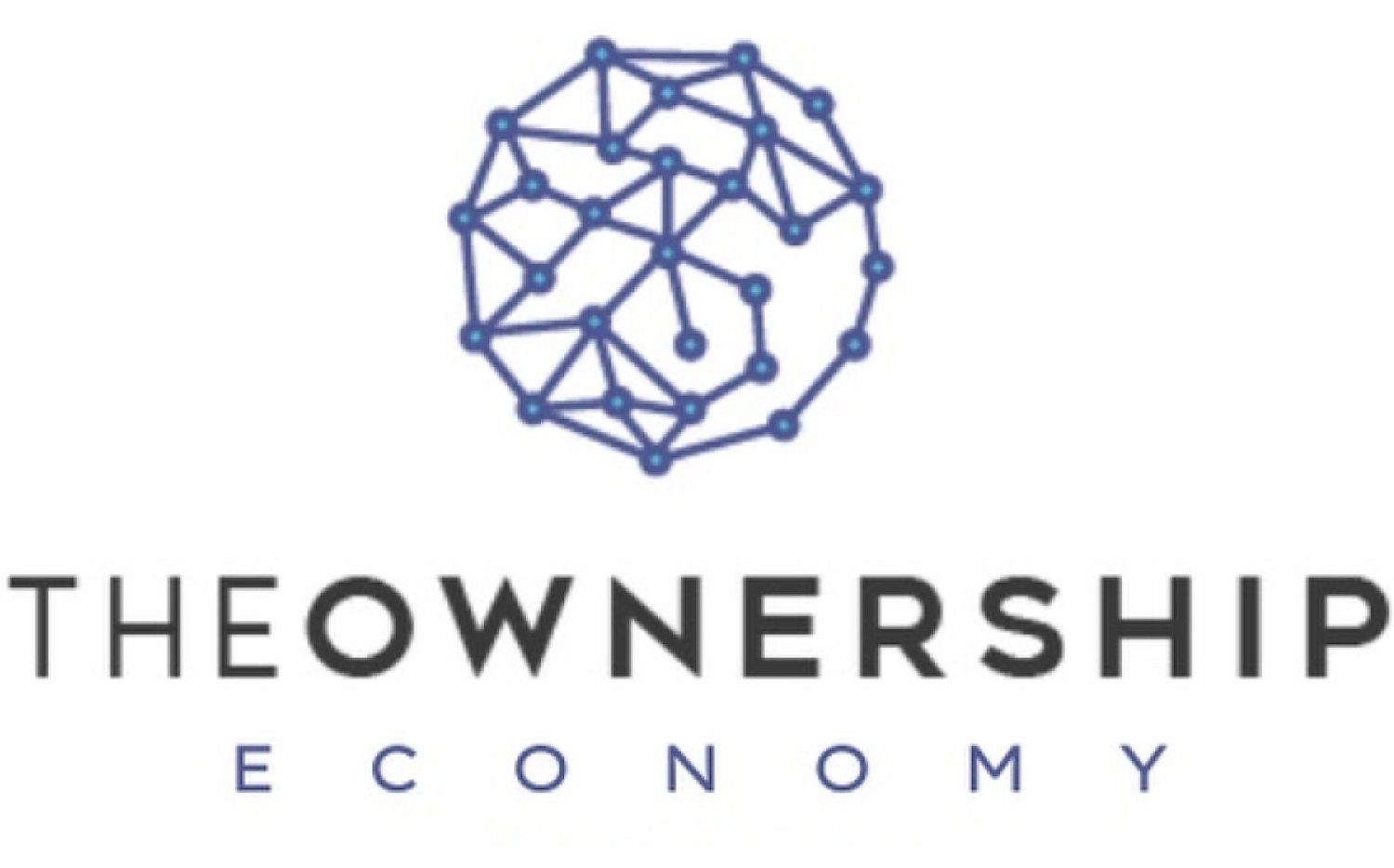Can Employee Ownership Reverse the UK’s Productivity Crisis?
The UK's longstanding productivity crisis, characterized by output per hour lagging behind other advanced economies, poses a significant challenge to the nation’s economic competitiveness. Despite various governmental initiatives and corporate strategies designed to enhance productivity, results have been underwhelming.
One potential solution gaining traction is the employee ownership model. Recent studies indicate that employee-owned businesses (EOBs) exhibit productivity levels 8-12% higher than their traditionally owned counterparts, suggesting a viable path forward in addressing this pressing issue.
Understanding the Productivity Gap
To grasp the significance of employee ownership, one must first understand the factors contributing to the UK's productivity gap. Productivity serves as a crucial indicator of economic efficiency and competitiveness. Historically, the UK has struggled in comparison to nations such as Germany, the United States, and France.
Several elements contribute to this disparity, including insufficient investment in technology and infrastructure, a mismatch of skills in the labor market, and entrenched inefficient business practices. Tackling these challenges necessitates innovative strategies that extend beyond conventional business models, positioning employee ownership as a compelling alternative.
The Employee Ownership Model
Employee ownership involves granting employees a substantial stake in the companies they work for, typically through shares or stock options. This model can manifest in various forms, including Employee Stock Ownership Plans (ESOPs) and cooperatives. The fundamental aim is to align employees' interests with those of the business, fostering a sense of responsibility and ownership that can significantly enhance performance and productivity.
Cultivating a Positive Work Environment
Transitioning to employee ownership fundamentally alters workplace dynamics. When employees hold a stake in their company, they often feel more valued and engaged in its success, fostering trust and equality between employer and employee.
In employee-owned firms, workers are partners rather than mere staff, which transforms their relationship with the business. This heightened investment in the company's future often translates into increased effort and quality of output. Data shows that 73% of EOBs report higher job satisfaction, with 83% noting improved motivation levels. Such engagement not only boosts productivity but also enhances employee retention, reducing recruitment costs and freeing up resources for further productivity-enhancing initiatives.
Encouraging Collaboration and Innovation
An empowered workforce is more likely to collaborate, generating innovative ideas that can propel the business forward. In employee-owned environments, employees feel their contributions matter, leading to a culture of open dialogue and idea sharing. For instance, The 1:1 Diet by Cambridge Weight Plan has implemented “Voice Groups” to facilitate direct communication between employees and management, enabling staff to tackle daily challenges and propose strategic improvements.
This collaborative ethos encourages a comprehensive understanding of business challenges, leading to well-informed strategic decisions without necessitating unanimous approval from all employees.
Maximizing Employee Talent
Traditional corporate structures often leave employees feeling their skills are underutilized. However, transitioning to 100% employee ownership encourages a culture of trust that motivates employees to fully engage their talents. Research indicates that EOBs invest 12% more in employee training and development than their non-employee-owned counterparts, thereby accelerating progress in closing the productivity gap.
Retaining Wealth Within the Workforce
In 2019, The 1:1 Diet distributed 10% of its profits back to employees, resulting in individual payments of nearly £4,500. Such initiatives illustrate how EOBs prioritize employee welfare over external investors, redistributing wealth generated by the workforce and enhancing overall productivity.
Equitable dividend payments across various wage bands also foster a sense of fairness, stimulating local economies by increasing disposable incomes.
Employee-owned firms are more than twice as likely to achieve fair pay accreditations, offering wages approximately £2,900 higher than industry norms. These firms frequently provide enhanced healthcare benefits and flexible working conditions, extending their impact beyond mere financial gains.
Navigating the Transition to Employee Ownership
Despite the compelling advantages, transitioning to an employee-owned model is not without its challenges. Companies must meticulously plan the transition, ensuring employees are well-informed about their new roles and responsibilities. Financial considerations, particularly in funding buyouts of existing shareholders, require careful management.
Government support is pivotal in this transition. By offering tax incentives and educational resources, policymakers can facilitate the shift toward employee ownership, allowing more businesses to explore this model.
The Broader Societal Impact
Although EOBs represent a mere 0.1% of UK companies, their economic footprint is significant, contributing between £32 billion and £41 billion annually. They account for approximately 0.8% of direct gross value added and between 1.7% and 2.1% of total economic activity. Widespread adoption of employee ownership could foster more resilient economies, as engaged workforces are better positioned to weather economic downturns.
Moreover, employee ownership promotes a more equitable distribution of wealth, addressing social and economic disparities. In an era where 58% of employees consider ESG commitments when choosing an employer, businesses guided by employee interests are more inclined to invest in sustainable practices that benefit both their communities and the environment.
Conclusion
The UK’s productivity crisis demands innovative solutions, and the employee ownership model offers a promising avenue for transformation. By cultivating positive work environments, empowering employee collaboration, and ensuring wealth is retained within the workforce, this model can drive significant productivity gains.
As more businesses embrace employee ownership, the potential for unlocking employee capabilities and fostering a more competitive and equitable economy becomes increasingly viable. Now is the time for a broader adoption of this model, not only to bridge the productivity gap but to build a more resilient future for the UK economy.

